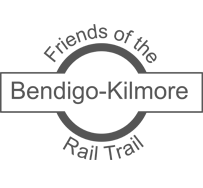‘Creeks with No Names’ Interview
ABC Central Victoria Radio’s Breakfast program announcer, Jo Printz, interviewed Friends of the Bendigo-Kilmore Rail Trail’s President Garry Long on 11 August 2015. The topic was the O’Keefe Rail Trail and those 'Creeks with No [...]
